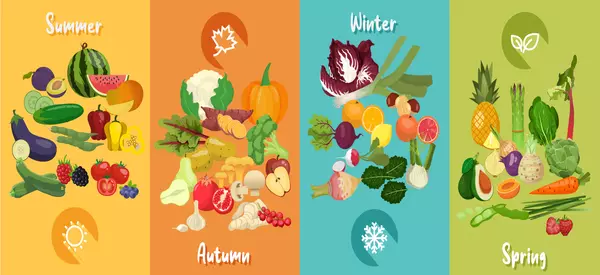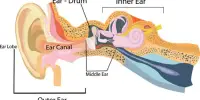The number of hours we are exposed to light influences how we eat and burn energy. This may aid in our understanding of the relationship between seasons and metabolism. You may believe that you are healthier in the summer. The sun is shining, we are getting enough of vitamin D, and the days are getting longer.
Recent research from the University of Copenhagen, however, reveals that winter eating habits may be healthier for our metabolic health than summer eating habits, at least if you’re a mouse. The metabolism and weight of mice exposed to both ‘winter light’ and’ summer light’ were studied.
“We found that even in non-seasonal animals, differences in light hours between summer and winter do cause differences in energy metabolism. In this case, body weight, fat mass, and liver fat content,” says Lewin Small, who carried out the research while a postdoc at the Novo Nordisk Foundation Center for Basic Metabolic Research at the University of Copenhagen. He adds:
“We discovered this primarily in mice exposed to winter light hours.” These mice gained less weight and had less adiposity. They eat in a more rhythmic manner during a 24-hour period. This resulted in improved metabolic health.”
The study is the first of its type to investigate the effect of light hours on metabolism in mice, which are not considered seasonal animals because, like humans, they do not exclusively breed during certain seasons. Animals that reproduce at specified times build weight before the breeding season to conserve energy supplies.
We found that even in non-seasonal animals, differences in light hours between summer and winter do cause differences in energy metabolism. In this case, body weight, fat mass, and liver fat content.
Lewin Small
Light hours affect the metabolism
The researcher was inspired to start the study because of the substantial diversity in daylight hours around the planet.
“We investigate the impact of time of day on aspects of metabolism such as exercise, obesity, and diabetes. However, most studies that investigate this link assume an equal length of day and night all year,” explains Lewin Small.
As a result, they wanted to know what the seasonal light changes meant for metabolism. Most people in the world experience a two-hour variation in light between summer and winter.
The link between seasons and eating habits is a complex and multifaceted one, influenced by a variety of factors including climate, food availability, cultural traditions, and individual preferences. Seasonal changes affect the types of fruits, vegetables, and other crops that can be grown and harvested. In many regions, certain foods are only available during specific seasons.

“I come from Australia, and when I first moved to Denmark, I was not used to the huge difference in light between summer and winter and I was interested in how this might affect both circadian rhythms and metabolism,” says Lewin Small.
He goes on to say: “Therefore, we exposed laboratory mice to different light hours representing different seasons and measured markers of metabolic health and the circadian rhythms of these animals.” Because the study used mice as the experimental participants, it is not possible to assume that the same holds true for humans.
“This is a proof of principle. Do differences in light hours affect energy metabolism? Yes, it does. Further studies in humans may find that altering our exposure to artificial light at night or natural light exposure over the year could be used to improve our metabolic health,” says Juleen Zierath, Professor at the Novo Nordisk Center for Basic Metabolism Research (CBMR) and senior author of the study.
Overall, the relationship between seasons and eating habits is a complex interaction of biological, cultural, and environmental effects. People’s food preferences and habits can shift with the seasons, and being aware of these impacts can help people make informed nutrition decisions.
Lewin Small adds that the new knowledge is crucial for understanding how light and seasons affect eating behaviors, which may help us understand why some people gain more weight or if people gain more weight at certain times of the year.
“Differences in light between summer and winter could affect our hunger pathways and when we get hungry during the day,” he said.
















